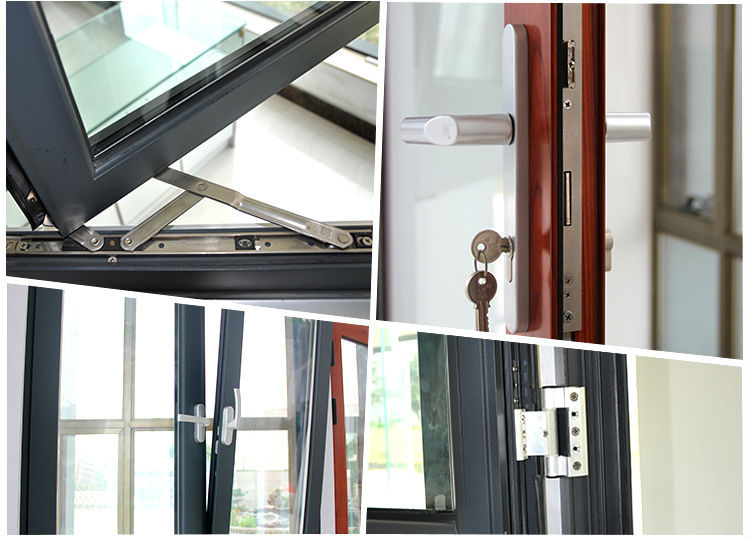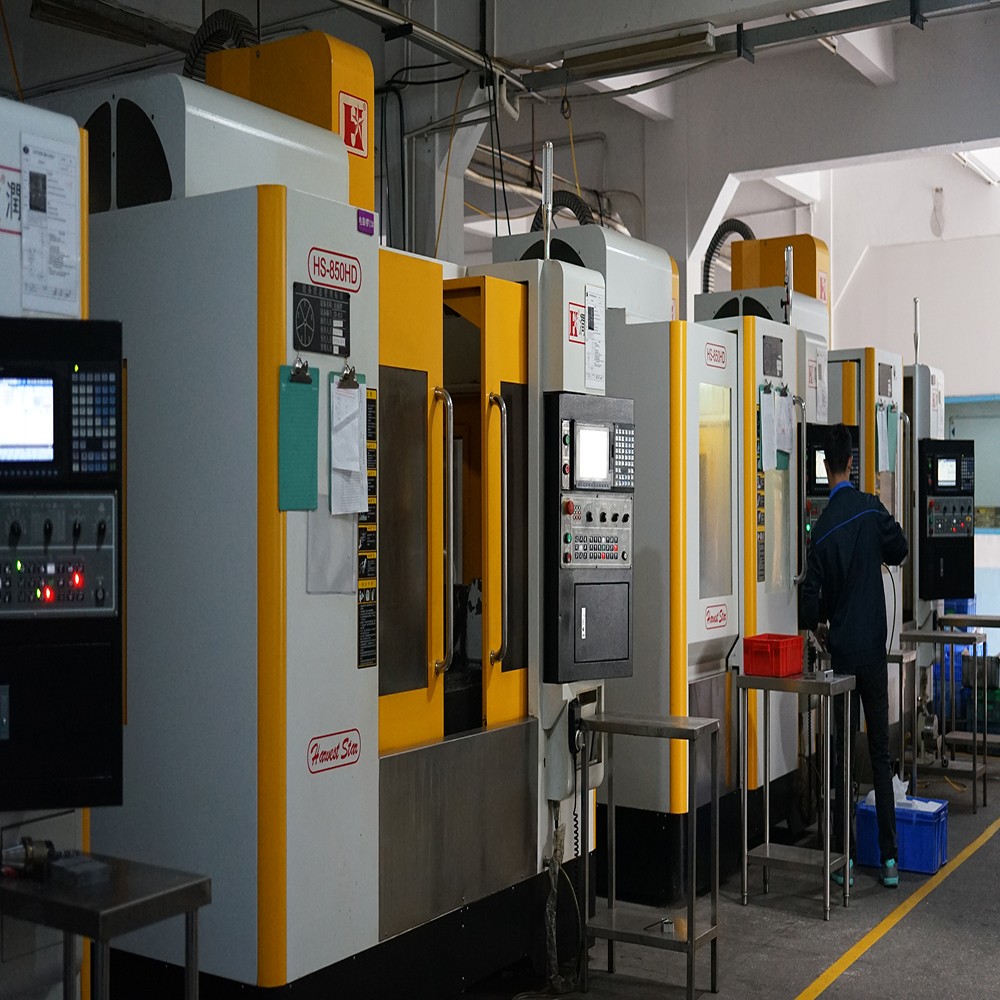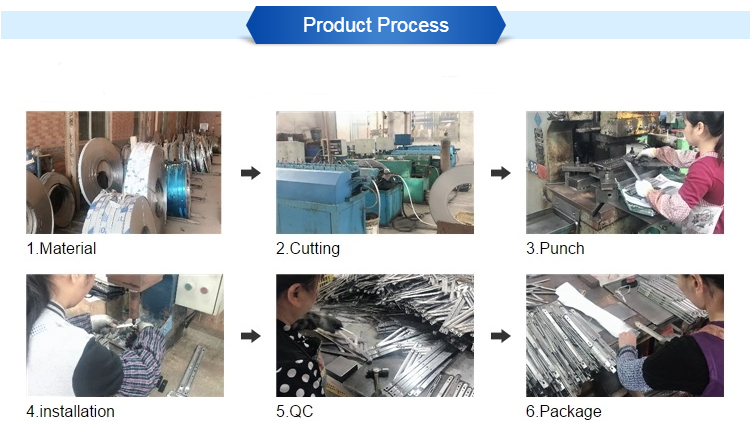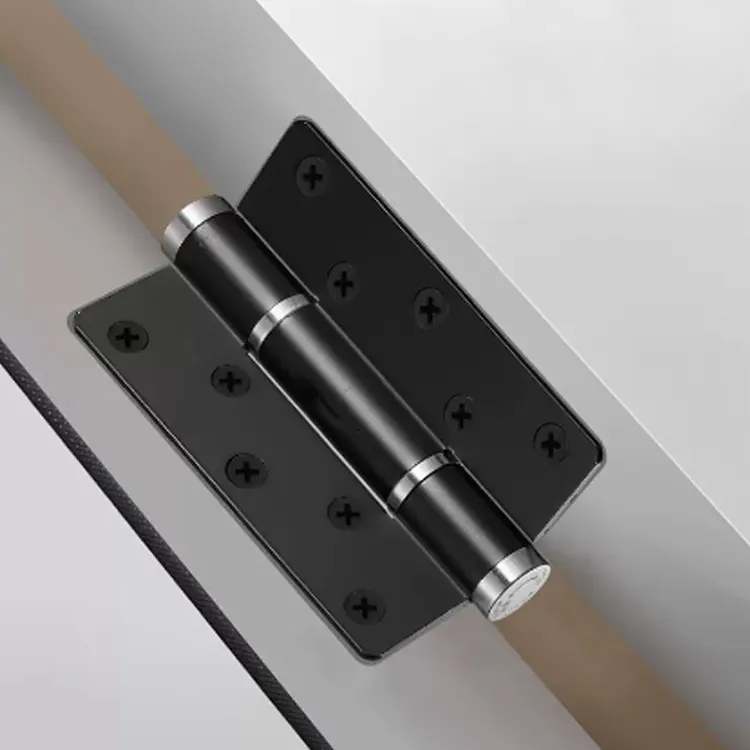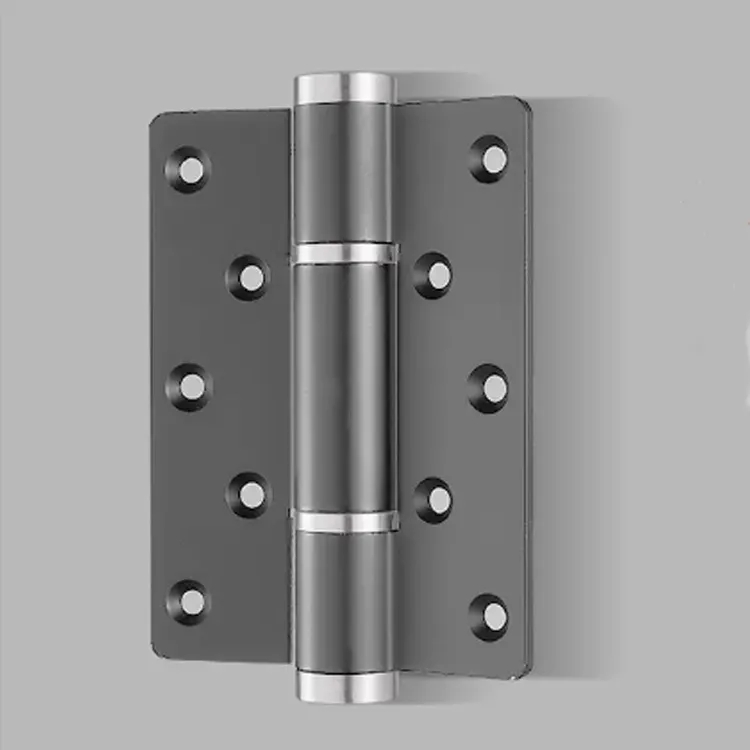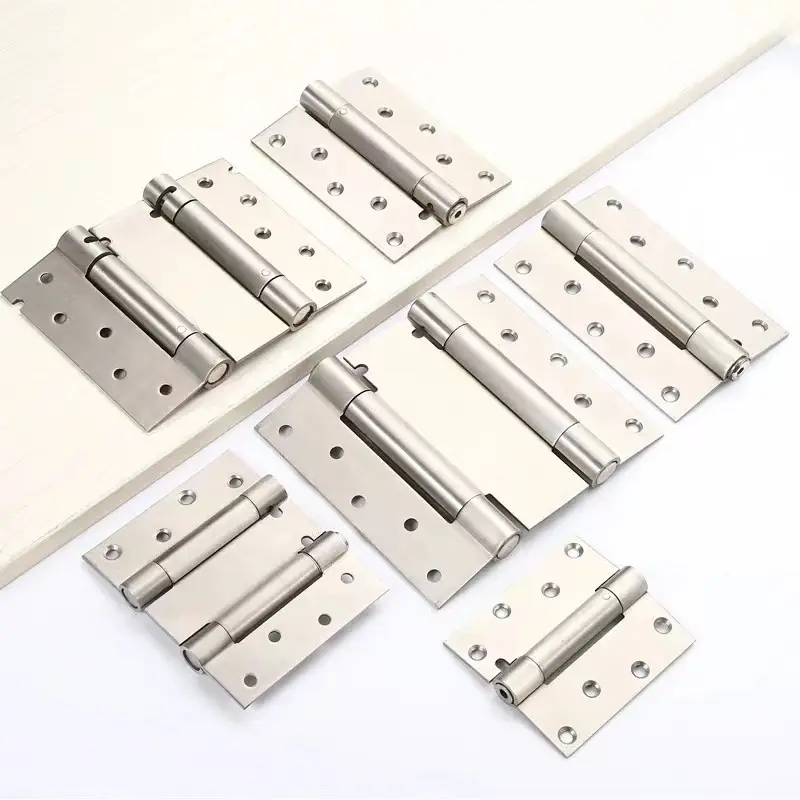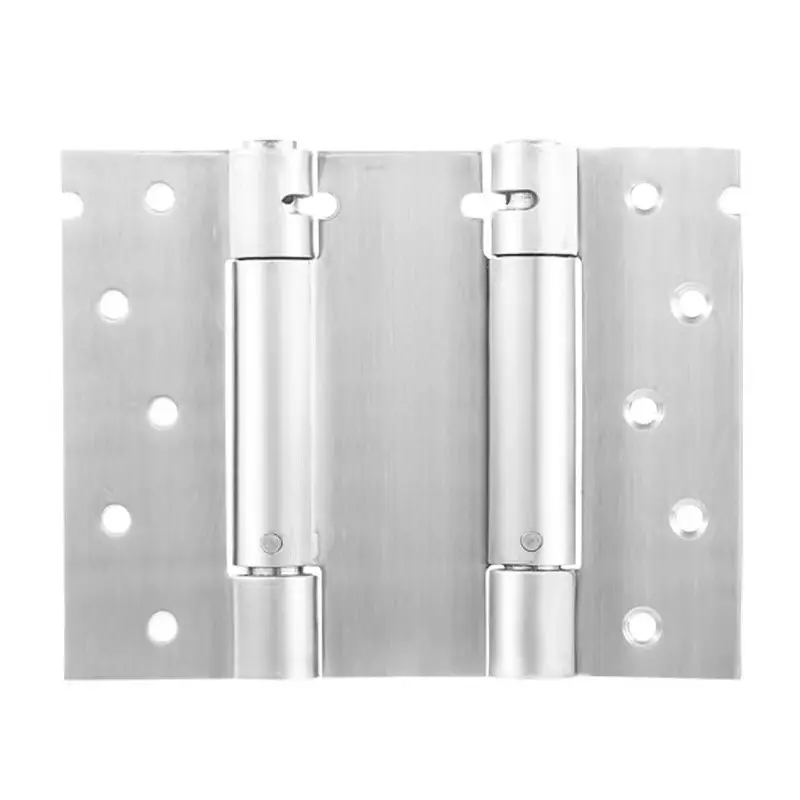Window Hinges: The Nexus of Architectural Beauty and Utility
Introduction
In the realm of architectural innovation, where imagination meets functionality, window hinges emerge as the connective tissue that seamlessly fuses architectural beauty and utilitarian purpose. These seemingly modest components hold the power to shape both the visual aesthetics and operational efficiency of architectural spaces. This article delves into the intricate interplay between aesthetic allure and practical functionality, all orchestrated by the unassuming yet vital mechanism of window hinges.
Architectural Choreographers
Window hinges function as the choreographers of architectural movement. They determine the rhythm of interaction between indoor and outdoor spaces, guiding the choreography of how windows engage with their surroundings. A pivot hinge initiates a contemplative pause, while a sliding hinge opens up panoramic vistas with the grace of a well-rehearsed dance.
Design as Expressive Artistry
The design of window hinges is a form of expressive artistry that communicates architectural intent. Architects wield the creative freedom to select hinges that harmonize with the design narrative, either blending seamlessly or standing out as artistic accents. The design of these hinges contributes to the personality of a building, conveying its historical echoes, contemporary flair, or aspirational vision.
Engineering Precision as Architectural Craftsmanship
Beneath the surface aesthetics lies the architectural craftsmanship of engineering within window hinges. Engineers meticulously calculate forces, friction, and material strength to ensure the hinges operate smoothly and endure the test of time. This fusion of engineering precision and architectural form elevates hinges from mere mechanical components to refined works of art that epitomize the synergy of aesthetics and function.
Aesthetic Harmony in Dynamic Motion
Window hinges contribute to the aesthetic harmony of dynamic spaces. Architects can select hinges that resonate with the architectural style, resulting in a seamless integration of form and motion. The interplay between the hinge’s design and the overall aesthetics of the building yields spaces that are both visually captivating and operationally effective.
Bridging the Gap Between Tradition and Progress
Window hinges act as bridges between architectural tradition and modern progress. Reproduction hinges pay homage to design elements of the past, while contemporary hinges incorporate advanced materials and mechanisms. This conversation between bygone eras and future possibilities forms a dynamic narrative of architectural evolution.
Security with Subtle Elegance
Modern window hinges effortlessly integrate security measures without compromising the elegance of design. Advanced locking systems and discreet designs offer occupants a sense of security without overshadowing the visual sophistication of a space. These hinges embody the fusion of security and finesse.
Champions of Sustainability
Window hinges contribute to sustainable design by enabling natural ventilation and energy efficiency. Architects can strategically position windows to harness natural airflow, thereby promoting passive cooling and reducing reliance on mechanical systems. Hinges become active agents in creating eco-conscious architectural solutions.
Envisioning the Future of Hinges
As architecture evolves, window hinges will evolve as well. With advancements in materials, smart technology integration, and innovative design concepts, the role of hinges will transform. These hinges might encompass automation, adaptability to changing environmental conditions, and integration of materials with reduced ecological impact, further melding aesthetics and functionality.
Conclusion
Window hinges serve as the unobtrusive artisans blending architectural beauty and functional efficacy. Beyond their mechanical essence, they encapsulate the spirit of architectural refinement and operational brilliance. Architects, collaborating with window hinges, design spaces that transcend traditional boundaries, inviting occupants to partake in the synthesis of aesthetics and utility within the ever-evolving canvas of architecture.
